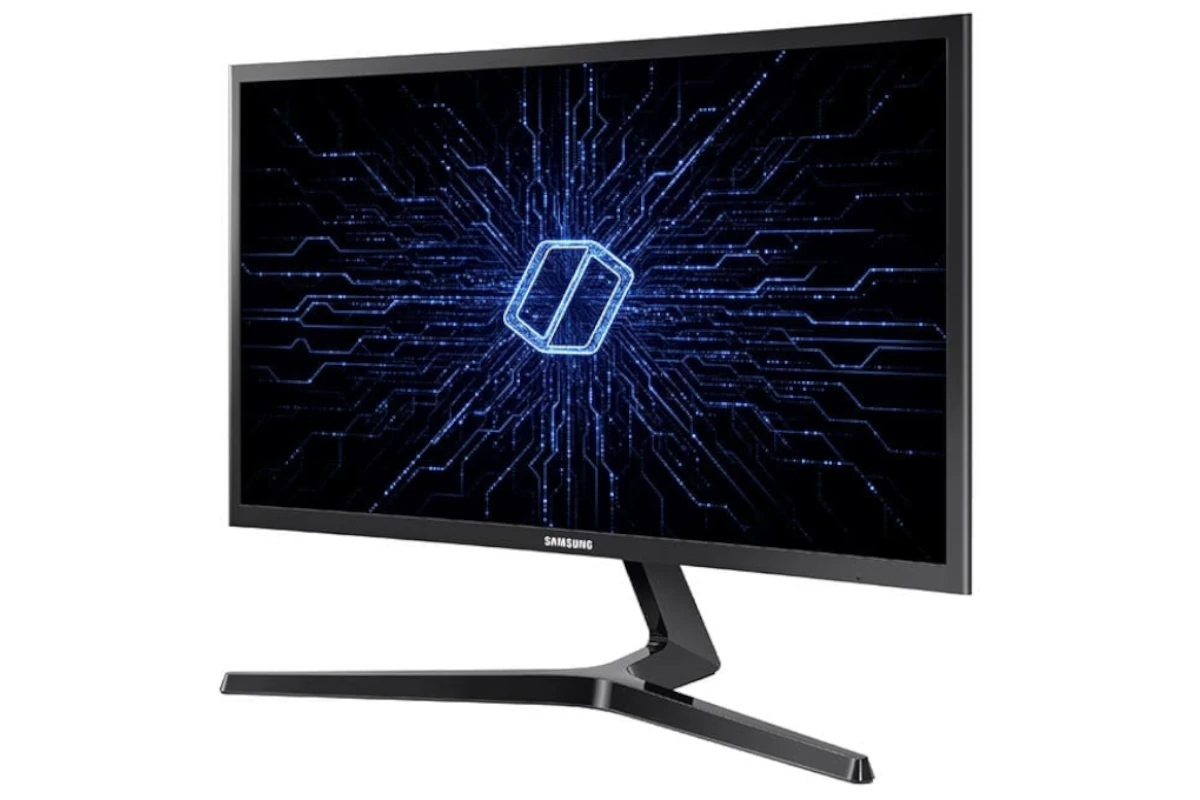Dynamic Contrast Ratio, commonly abbreviated as DCR, refers to a feature found in modern monitors designed to improve the viewing experience. This technology dynamically adjusts the contrast between the darkest and brightest elements on the screen, aiming to create deeper blacks and more vibrant whites. It works by analyzing the content displayed and then altering the backlight’s intensity to match the scene, which can make images appear more vivid and lifelike.
What is DCR on a Monitor
| Feature | Description |
|---|---|
| Acronym | DCR stands for Dynamic Contrast Ratio. |
| Purpose | A technology that enhances the perceived contrast of a monitor, especially LCD panels. It aims to deliver deeper blacks and brighter whites for a more immersive viewing experience. |
| How it Works | DCR monitors dynamically adjust the backlight brightness based on the content being displayed. * Dark Scenes: Backlight dims to create darker blacks. * Bright Scenes: Backlight increases for more intense whites. |
| Specifications | DCR is expressed as a ratio (e.g., 1000:1, 1000000:1). However, the marketing values can be misleading and don’t directly translate to real-world performance. |
Benefits
- Improved Image Depth: Can make images appear more vivid with a wider range of tones in supported content. * Especially Noticeable in Dark Scenes: Deeper blacks provide better shadow detail and a more cinematic feel.

Drawbacks
- Inconsistent: Backlight adjustments can be noticeable and distracting, especially in scenes with rapidly changing brightness levels. * Marketing vs. Reality: DCR figures are often inflated; take them with a grain of salt. * Not a Substitute for True Contrast: OLED and some high-end monitor technologies inherently have better contrast without the need for dynamic adjustments.
Should You Care About DCR?
- Priority: Focus on traditional monitor specs like panel type (IPS, VA), static contrast ratio, and color accuracy. DCR is a nice bonus.
- Content: DCR is most beneficial when watching movies or playing games with lots of dark scenes.
While typical contrast ratios are static, meaning they measure the difference in brightness from the darkest black to the brightest white at one setting, DCR adjusts this ratio on the fly. This can be particularly useful when a scene transitions from dark to light settings or vice versa. However, whether the effect is beneficial can depend on the user’s preference and the application in use, such as gaming or professional graphic design, where visual fidelity is key.
Key Takeaways
- DCR technology enhances a monitor’s contrast dynamically to improve picture quality.
- It automatically adjusts brightness levels of content in real-time for an optimized display.
- Evaluating DCR’s impact is subjective and varies depending on user preference and application.
Understanding DCR in Monitors
When exploring monitor settings, DCR plays a key role in enhancing the display’s visual quality by optimizing contrast.
Dynamic Contrast Ratio Explained
Dynamic Contrast Ratio (DCR) refers to a display feature that adjusts the contrast ratio in real-time. Contrast ratio itself is the difference between the lightest white and darkest black a monitor can produce. DCR technology modifies the backlight brightness level to match the content, making bright areas brighter and dark areas darker. This results in inkier darks and more pronounced shadows, adding realism and clarity to the image seen on the screen.
Importance of DCR for Image Quality
Image quality on a monitor is greatly influenced by its ability to display fine detail and color accuracy. A high DCR means the monitor can distinguish more shades between white and black, enhancing the overall picture quality. This is particularly evident when viewing content with varied brightness and contrast, such as movies or games with dark scenes. In these situations, DCR improves the visual experience by revealing more details in the shadows without washing out the brighter image areas.
DCR Technology Across Different Displays
Different types of displays, such as LCD, CRT, and IPS monitors, use varying screen technologies that impact how DCR is implemented. For instance, an IPS monitor may have a lower native contrast ratio compared to other panel types, but with DCR, it can still present a quality visual experience. DCR is a crucial display feature that works in tandem with other technologies like HDR (High Dynamic Range) to fine-tune brightness levels and contrast, ultimately providing a more lifelike color range and detail in the visual content.
Practical Applications of DCR
Dynamic Contrast Ratio (DCR) technology enhances the visual experience by adjusting contrast settings to suit content displayed on a monitor. These adjustments improve picture quality and reduce eye strain, providing users a more pleasant viewing experience.
DCR in Gaming and Entertainment
For gamers, DCR plays a crucial role in creating a vivid gaming experience. When active, DCR heightens the contrast during dark scenes, making details easier to see, while in brighter scenarios, it ensures the screen doesn’t become overwhelmingly luminous. These automatic adjustments contribute to a more immersive experience, especially in games with hyper-realistic graphics or during movie sessions that demand a similarly high-quality display.
Professional Use: Editing and Design
Professionals in photo editing and graphic design benefit from DCR’s ability to fine-tune color levels. Enhanced dynamic contrast adjustment leads to better grayscale representation and superior color accuracy. This results in a high-quality visual display, essential in professions where precise color reproduction is critical. DCR aids designers and editors in achieving the best visual outcome for their projects.
Optimizing Monitor Settings for DCR
When it comes to monitor settings, DCR’s influence can be harnessed by adjusting brightness levels and backlight settings to match the user’s picture display preferences. Users may activate or deactivate the DCR feature based on their specific needs. If a brighter screen with vibrant contrast settings is desired for a specific task, enabling DCR can greatly improve performance. Conversely, disabling DCR might be preferred for more consistent lighting throughout the use of the monitor.
Frequently Asked Questions
This section answers common questions about Dynamic Contrast Ratio on monitors, offering insights into how it works, its benefits and drawbacks, and its effects on monitor performance.
How does Dynamic Contrast Ratio (DCR) enhance visual experience?
DCR adjusts the contrast of a monitor dynamically. It brightens the light areas and darkens the dark areas of an image, aiming to make the picture on the screen appear more vivid and detailed.
Can enabling DCR affect gaming performance and how?
Activating DCR can potentially introduce a slight lag as the monitor takes time to adjust contrasts on the fly. This might not be ideal for fast-paced games where quick response times are crucial.
What are the advantages and disadvantages of using DCR on LED monitors?
One benefit of DCR is that it can improve the perceived depth of an image, making it more engaging. However, a drawback is that it can sometimes overdo the contrast, leading to an unnatural look, especially in scenes that don’t require it.
How does DCR compare to static contrast ratio when selecting a monitor?
While static contrast ratio measures the difference between the darkest and brightest points a monitor can display without changing, DCR does this dynamically to possibly improve the image. However, static contrast ratio is generally more consistent.
Is it recommended to have DCR activated for general monitor use?
It depends on personal preference. DCR can make movies and general browsing more dramatic. But for work requiring color accuracy, such as photo editing, it’s better turned off.
What impact does DCR have on a monitor’s color accuracy and image quality?
DCR might enhance the overall image quality for entertainment purposes by improving dynamic contrast. Still, it can alter the true colors of an image, which isn’t ideal for tasks where color fidelity is essential.







